Mark Alan Wisniewski
age ~60
from Los Angeles, CA
- Also known as:
-
- Mark A Wisniewski
- Mark T Wisniewski
- Mark A Wisnieski
- Mark A Wisniweski
- Marka Wisniewski
- Mark Winiewski
- Phone and address:
- 2360 Greenfield Ave, Los Angeles, CA 90064
Mark Wisniewski Phones & Addresses
- 2360 Greenfield Ave, Los Angeles, CA 90064
- 1838 Corinth Ave, Los Angeles, CA 90025
- Irvine, CA
- Louisville, KY
- Brookfield, IL
- Sherman Oaks, CA
- Manhattan Beach, CA
- Hermosa Beach, CA
- Foothill Ranch, CA
- 1838 Corinth Ave UNIT 4, Los Angeles, CA 90025
Work
-
Company:Mark B. Wisniewski
-
Address:555 Skokie Boulevard Suite 500, Northbrook, IL 60062
-
Specialities:Criminal Defense - 80% • Speeding / Traffic Ticket - 20%
Education
-
School / High School:Creighton University
Ranks
-
Licence:Illinois - Active And Authorized To Practice Law
-
Date:1993
Specialities
Criminal Law • Misdemeanors • Felonies • Traffic Violations • Drug Crimes • Weapons Charges • Murder • Theft • Assault and Battery • DUI/DWI • Expungements
Isbn (Books And Publications)

Medicine Doctors

Mark Lloyd Wisniewski
view sourceSpecialties:
Anesthesiology
Pediatric Anesthesiology
Pediatric Anesthesiology
Education:
Eastern Virginia Medical School (1991)
Name / Title
Company / Classification
Phones & Addresses
Director Information Technology
Davita - Riverside II, LLC
Health Services
Health Services
11161 Magnolia Ave, Riverside, CA 92505
(951)3518090
(951)3518090
16W591 Crest Ave, Bensenville, IL 60106
President
Iglesia Nueva Obra En Cristo
Animation · Religious Organization
Animation · Religious Organization
24602 Raymond Way, Lake Forest, CA 92630
Principal
DONE EARLY, LLC
Business Services at Non-Commercial Site
Business Services at Non-Commercial Site
1309 Inverlieth Rd, Lake Forest, IL 60045
5470 Gordon Way, Dublin, OH 43017
5470 Gordon Way, Dublin, OH 43017
President
IGLESIA NUEVA OBRA EN CRISTO - JESUS
23212 Peralta Dr STE E, Laguna Hills, CA 92653
President
BIOPRO VENTURES, INC
3835R E Thousand Oaks Blvd, Thousand Oaks, CA 91362
West Coast Biopharma Services LLC
Consulting
Consulting
1838 Corinth Ave, Los Angeles, CA 90025
Us Patents
-
Method Of Making Microneedles
view source -
US Patent:8551391, Oct 8, 2013
-
Filed:Feb 3, 2005
-
Appl. No.:11/050116
-
Inventors:Philip Yi Zhi Chu - Monrovia CA, US
Hsiao Ken Chuang - Arcadia CA, US
Kejian (Kevin) Huang - Buffalo Grove IL, US
Michael Lang - Chagrin Falls OH, US
Reza Mehrabi - Tujunga CA, US
Ronald F. Sieloff - Chardon OH, US
Karen L. Spilizewski - Euclid OH, US
Mark Wisniewski - Mentor OH, US -
Assignee:Avery Dennison Corporation - Pasadena CA
-
International Classification:H05B 1/02
-
US Classification:264481, 264492, 2642978, 264319, 425407, 425348 R
-
Abstract:A method of making a microneedle array structure () comprising a plurality of simultaneously formed microneedles (), each microneedle () having a protrusion () and a passageway () extending therethrough. The method comprises the steps of pressing an embossable sheet material between a complimentary tools and radiantly heating the sheet material using radiant energy from a radiant energy source. One tool is relatively-radiantly-transparent, and another tool and/or the sheet material is relatively-radiantly-absorptive.
-
Process And Apparatus For Microreplication
view source -
US Patent:20040130057, Jul 8, 2004
-
Filed:Aug 4, 2003
-
Appl. No.:10/634104
-
Inventors:Reza Mehrabi - Tujunga CA, US
David Edwards - La Canada Flintridge CA, US
Robert Fermin - La Verne CA, US
Ali Mehrabi - Los Angeles CA, US
Chunhwa Wang - Diamond Bar CA, US
Rishikesh Bharadwaj - Arcadia CA, US
Ronald Sieloff - Chardon OH, US
Hsiao Chuang - Arcadia CA, US
Dennis Couzin - Evanston IL, US
Karen Spilizewski - Euclid OH, US
William Buttermore - Painesville Township OH, US
Donald Davis - Conneaut Lake PA, US
Christopher Frank - Stow OH, US
Barbara Hyde - Chardon OH, US
Michael Lang - Chagrin Falls OH, US
Keith Lutz - Lakewood OH, US
Austin Short - Mentor OH, US
Mark Wisniewski - Mentor OH, US -
International Classification:H05B006/00
B29C059/04
B29C047/06
B29C071/00 -
US Classification:264/171130, 156/209000, 156/220000, 156/553000, 156/583500, 156/581000, 264/481000, 264/284000, 264/173160, 264/348000, 425/373000
-
Abstract:A method of embossing a sheet material includes: heating at least a portion of the sheet directly or indirectly with radiant energy from a radiant energy source; pressing a tool against the heated portion of the sheet, thereby patterning a surface of the sheet; and separating the sheet and the tool. The radiant energy may travel through a solid material that is relatively transparent to radiation, on its way to being absorbed by a relatively-absorptive material. The relatively-transparent material may be an unheated portion of the sheet, and the relatively-absorptive material may be either the tool or the heated portion of the sheet. Alternatively, the relatively-transparent material may be the tool, and the relatively-absorptive material may be all or part of the sheet. The method may be performed as one or more roll-to-roll operations.
-
Adulteration Testing Of Human Milk
view source -
US Patent:20140271980, Sep 18, 2014
-
Filed:Mar 5, 2014
-
Appl. No.:14/198450
-
Inventors:- City of Industry CA, US
Mark A. Wisniewski - City of Industry CA, US -
Assignee:Prolacta Bioscience - City of Industry CA
-
International Classification:G01N 33/04
A23C 9/20 -
US Classification:426 2, 435 792
-
Abstract:The present invention provides a method for screening human milk for an adulterant, e.g., non-human milk and infant formula, as well as methods of making human milk compositions free of an adulterant, e.g., human milk fortifiers and standardized human milk formulations.
-
Adulteration Testing Of Human Milk
view source -
US Patent:20140272936, Sep 18, 2014
-
Filed:Mar 5, 2014
-
Appl. No.:14/198452
-
Inventors:- City of Industry CA, US
Mark A. Wisniewski - City of Industry CA, US -
Assignee:Prolacta Bioscience - City of Industry CA
-
International Classification:G01N 33/53
G01N 33/04 -
US Classification:435 5, 436 23, 435 792, 436501, 435 34
-
Abstract:The present invention provides a method for screening human milk for an adulterant, e.g., non-human milk and infant formula, as well as methods of making human milk compositions free of an adulterant, e.g., human milk fortifiers and standardized human milk formulations.
Lawyers & Attorneys

Mark Benedict Wisniewski, Northbrook IL - Lawyer
view sourceAddress:
Mark B. Wisniewski
555 Skokie Boulevard Suite 500, Northbrook, IL 60062
555 Skokie Boulevard Suite 500, Northbrook, IL 60062
Licenses:
Illinois - Active And Authorized To Practice Law 1993
Education:
Creighton University
Graduated - 1993
Loyola University Chicago
Graduated - 1990
Graduated - 1993
Loyola University Chicago
Graduated - 1990
Specialties:
Criminal Defense - 80%
Speeding / Traffic Ticket - 20%
Speeding / Traffic Ticket - 20%

Mark B. Wisniewski, Northbrook IL - Lawyer
view sourceOffice:
Mark B. Wisniewski
555 Skokie Boulevard, Suite 500, Northbrook, IL
555 Skokie Boulevard, Suite 500, Northbrook, IL
Specialties:
Criminal Law
Misdemeanors
Felonies
Traffic Violations
Drug Crimes
Weapons Charges
Murder
Theft
Assault and Battery
DUI/DWI
Expungements
Misdemeanors
Felonies
Traffic Violations
Drug Crimes
Weapons Charges
Murder
Theft
Assault and Battery
DUI/DWI
Expungements
ISLN:
916440983
Admitted:
1993
University:
Loyola University - Chicago, IL
Law School:
Creighton University

Mark Wisniewski - Lawyer
Resumes

Facility Manager
view sourceLocation:
Los Angeles, CA
Industry:
Religious Institutions
Work:
LDS Church
Facility Manager
Facility Manager

Mark Wisniewski
view source
Mark Wisniewski
view source
Mark Wisniewski
view source
Mark Wisniewski
view source
Mark Wisniewski
view source
Mark Wisniewski
view sourceLocation:
United States
Myspace
Googleplus

Mark Wisniewski
Work:
Ogden Renewable Energy - Director (2012)
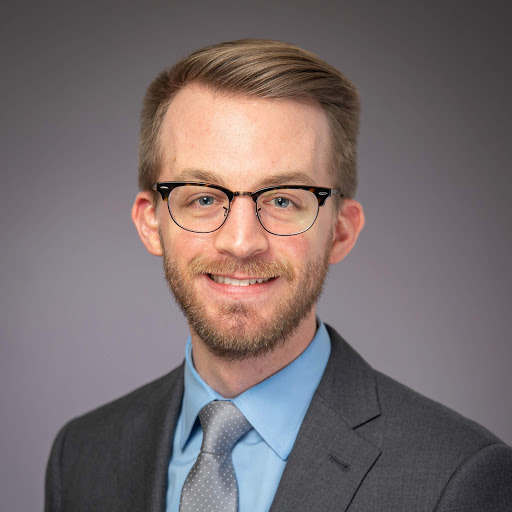
Mark Wisniewski

Mark Wisniewski

Mark Wisniewski

Mark Wisniewski
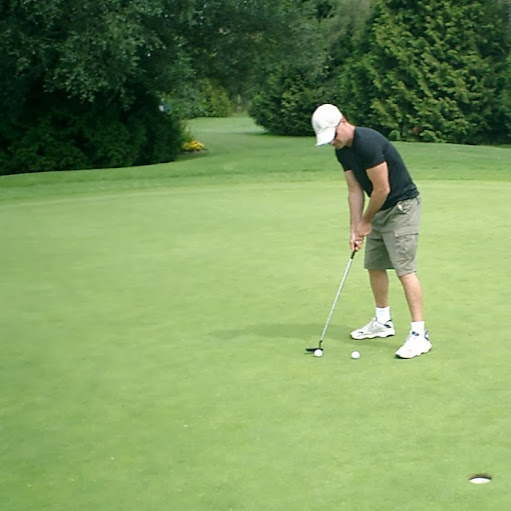
Mark Wisniewski

Mark Wisniewski

Mark Wisniewski
Flickr
Plaxo

Mr. Mark Wisniewski
view sourceCharlotte, NCCommunications and Organizational Professional with experience in the financial services, non-profit, and higher education sectors.

Mark Wisniewski
view sourceVP, Information Technology at INSPIRIS

mark wisniewski
view sourcePlainfield
Classmates

Mark Wisniewski
view sourceSchools:
Our Lady of Mt. Carmel High School Baltimore MD 1977-1981
Community:
Kim Dietrich, Crystal Fonte

Mark Wisniewski
view sourceSchools:
Saint Helen School Fresno CA 1957-1961, San Joaquin Memorial High School Fresno CA 1961-1965
Community:
Jeff Urrutia, Janice Evans

Mark Wisniewski
view sourceSchools:
Mansfield High School Mansfield MA 1965-1969
Community:
Doug Faber

Mark Wisniewski
view sourceSchools:
St. Stanislaus High School Detroit MI 1966-1970
Community:
Jennifer Podwysocki, Kathie Scalzo, Thaddeus Sliwinski, Carol Stachowski, Rosemary Zoladz

Mark Wisniewski
view sourceSchools:
De La Salle High School Warren MI 1979-1983
Community:
Kenneth Roncelli, Paul Fracassa

Mark Wisniewski
view sourceSchools:
Edwin Aldrin Elementary School Schaumburg IL 1971-1976, Robert Frost Junior High School Schaumburg IL 1976-1978
Community:
Michelle Bishop, Erin Maureen, Julie Barnes, Michele Prangle, Brad Anderson

Mark Wisniewski
view sourceSchools:
Saint Pauls School Jersey City NJ 1963-1970, Holy Spirit School Union NJ 1970-1972
Community:
Mark Cram, Brent Smith, Blaise Ziemian, William Doyle

Mark Wisniewski
view sourceSchools:
Bishop Kenny High School Jacksonville FL 1994-1998
Community:
Mary Gonzalez, Nikki Hatch, Woodrow David, Scott Mccorkle
Youtube
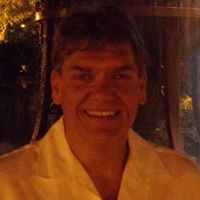
Mark Wisniewski
view source
Mark Wisniewski
view source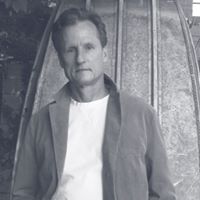
Mark Wisniewski
view source
Mark Wisniewski
view source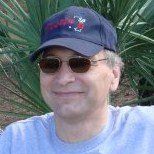
Mark Wisniewski
view source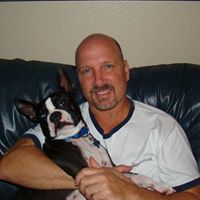
Mark Wisniewski
view source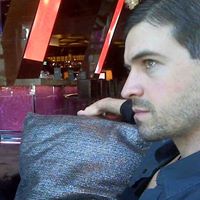
Mark Wisniewski
view source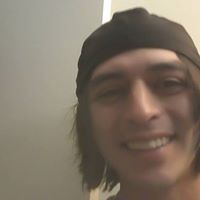
Mark Wisniewski
view sourceGet Report for Mark Alan Wisniewski from Los Angeles, CA, age ~60















